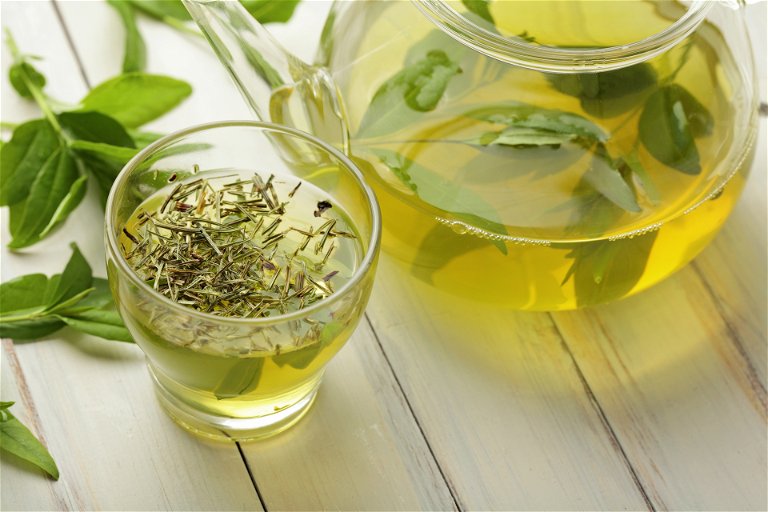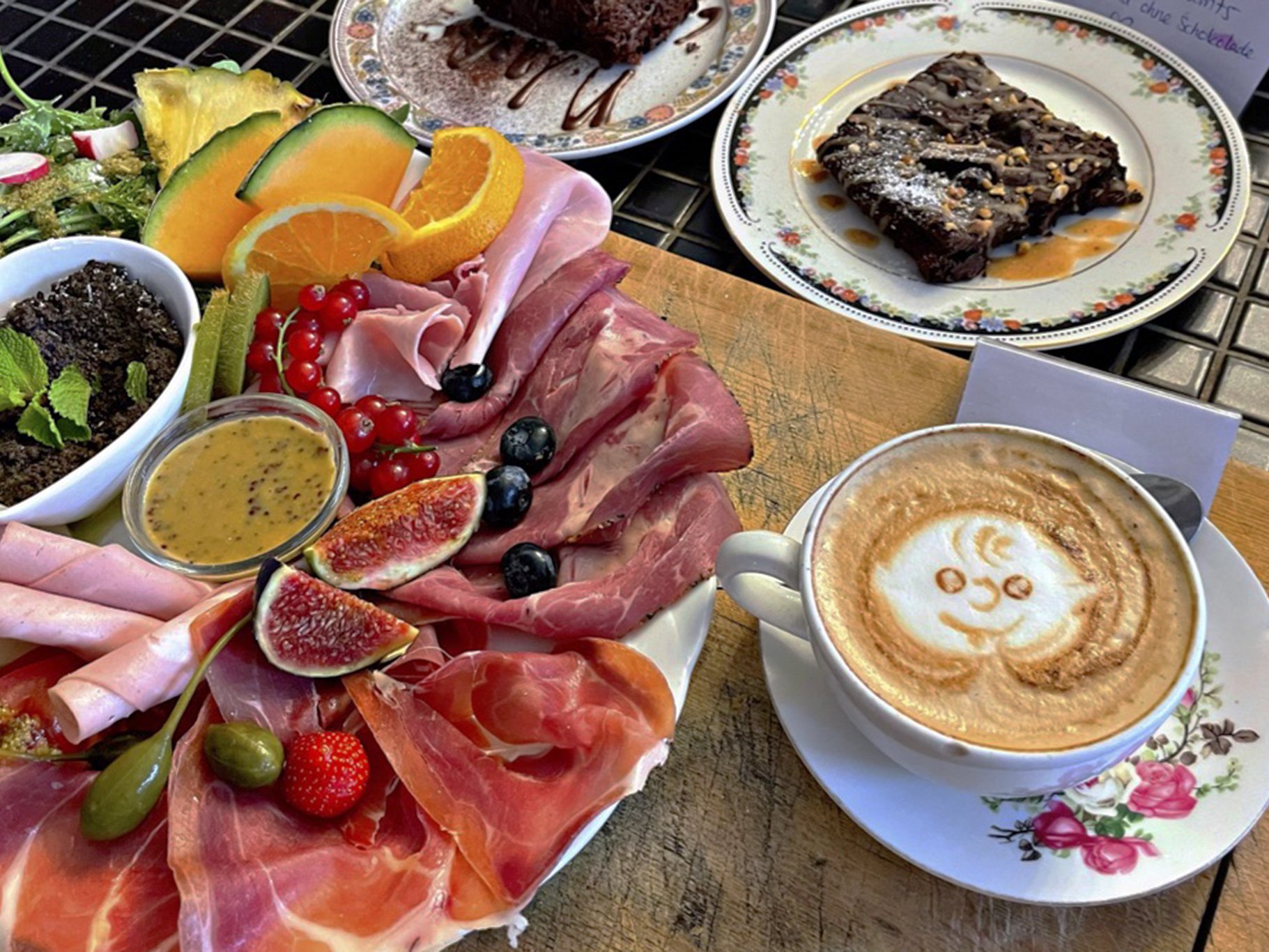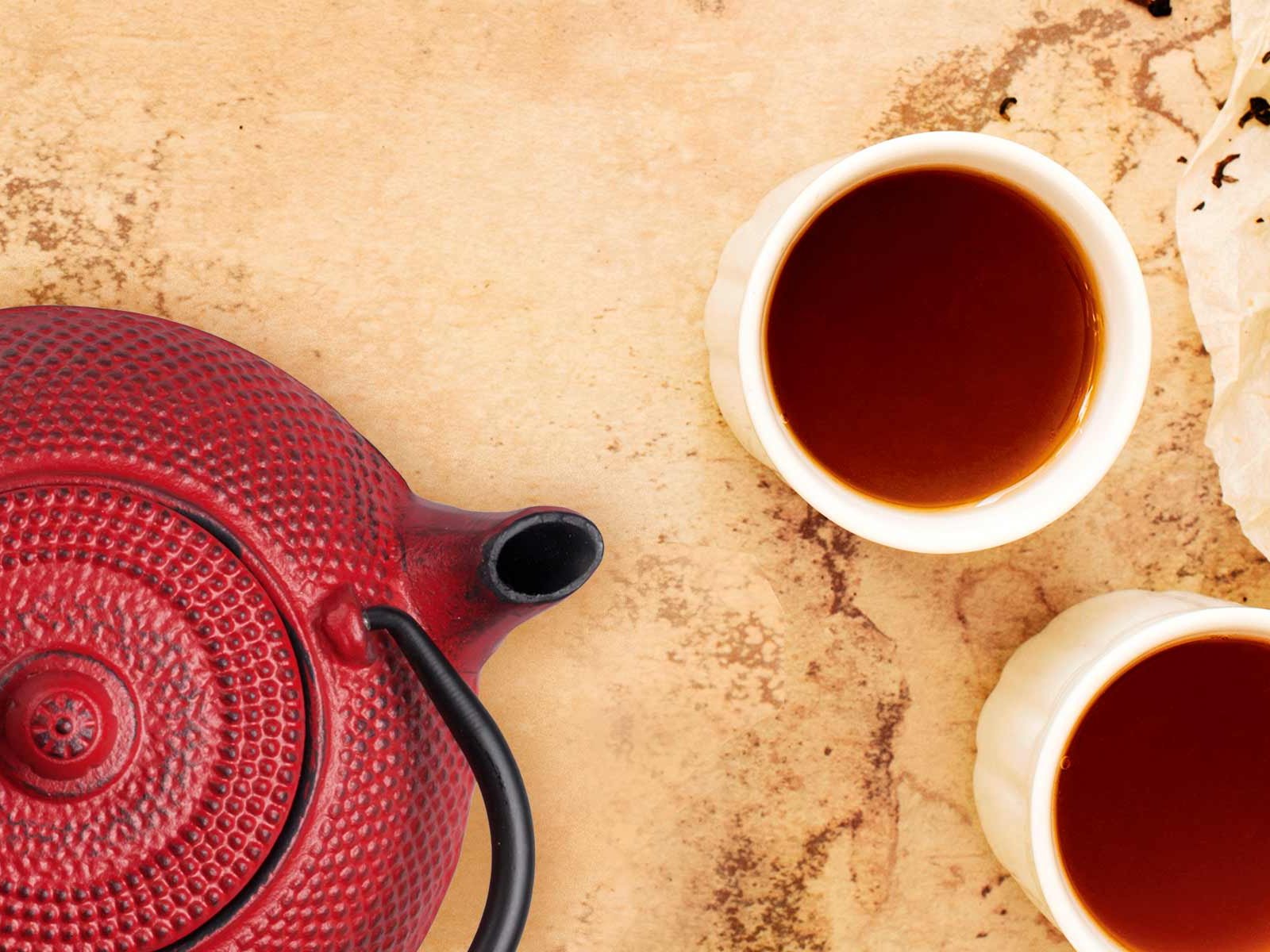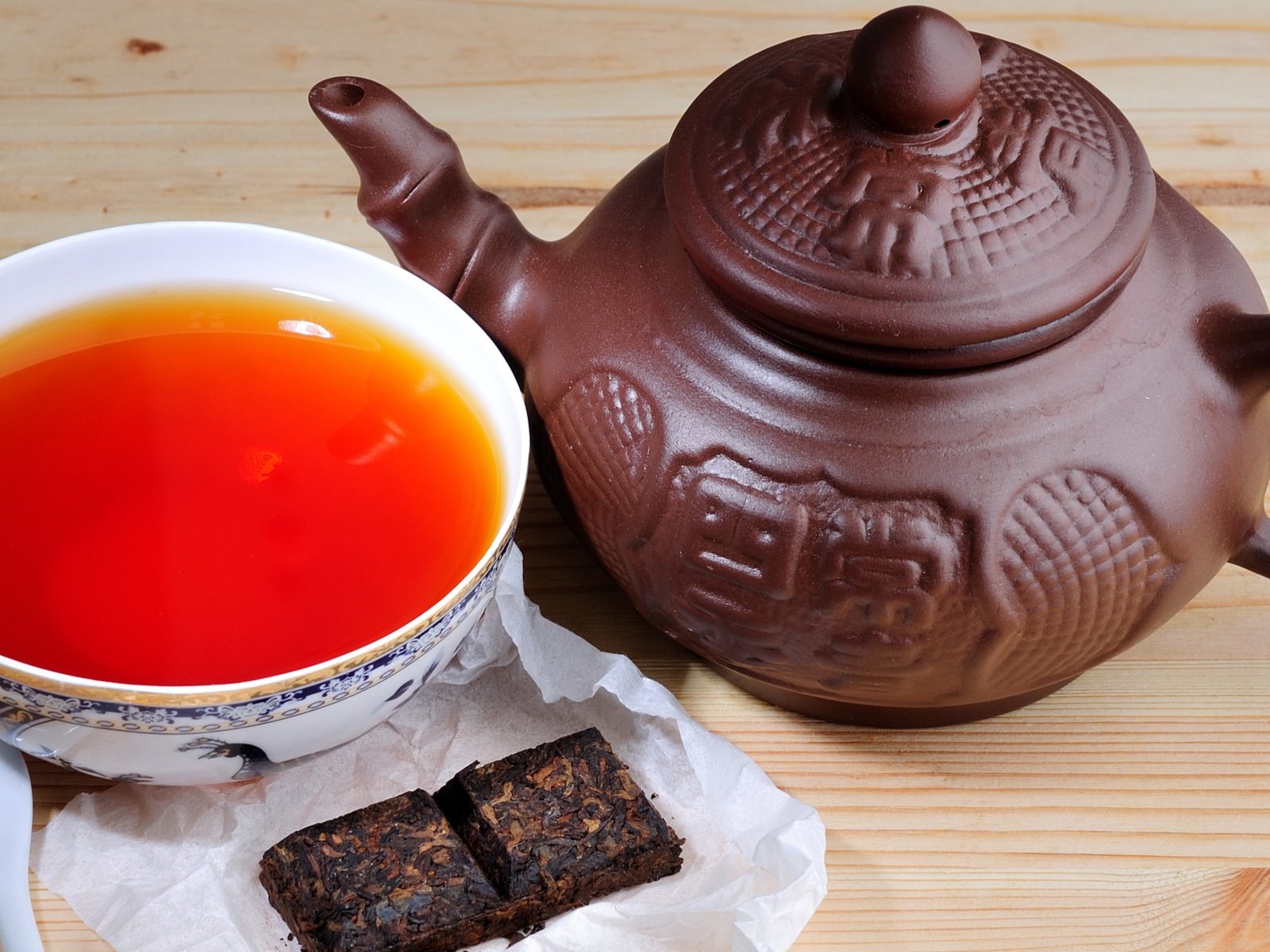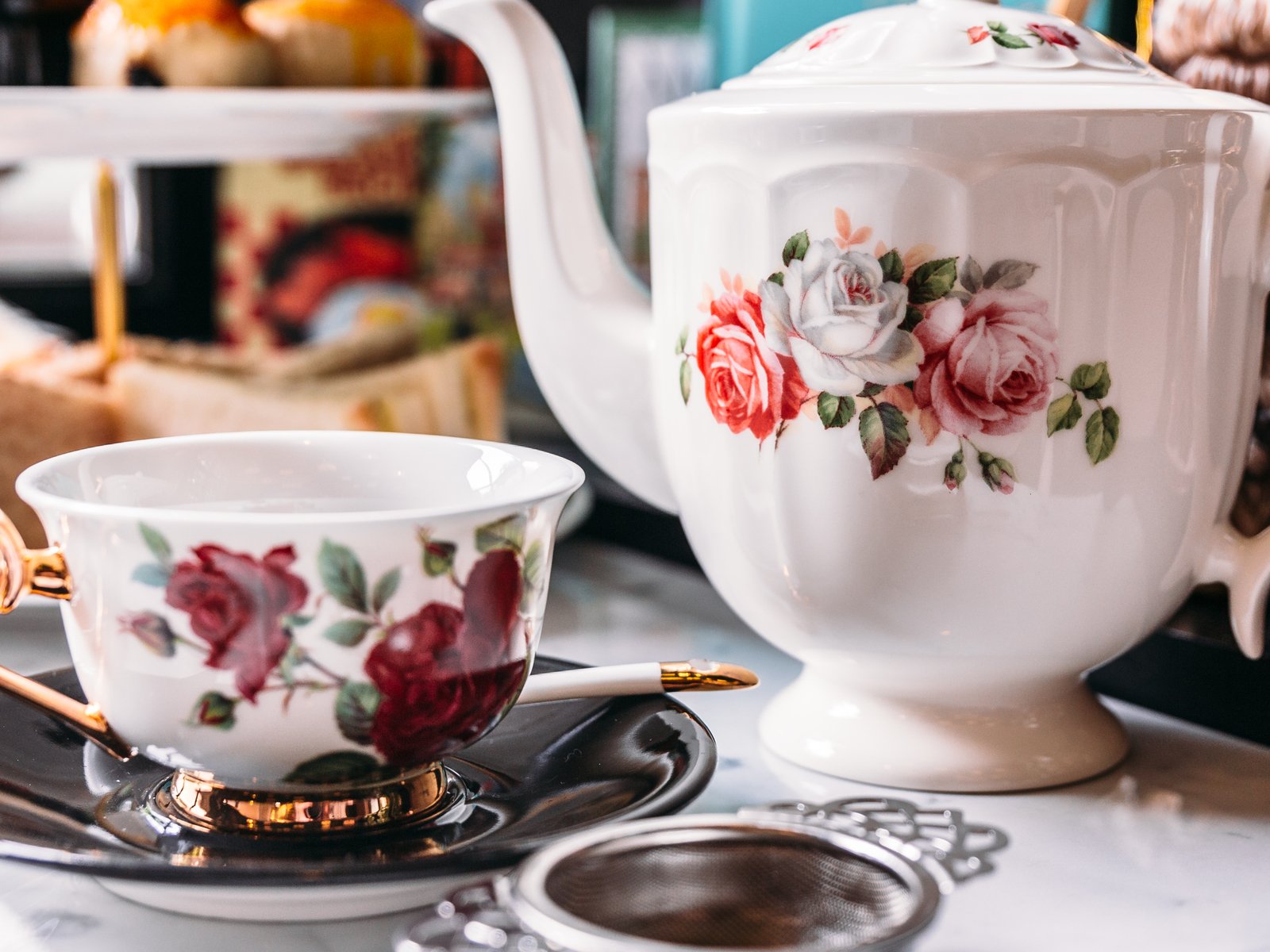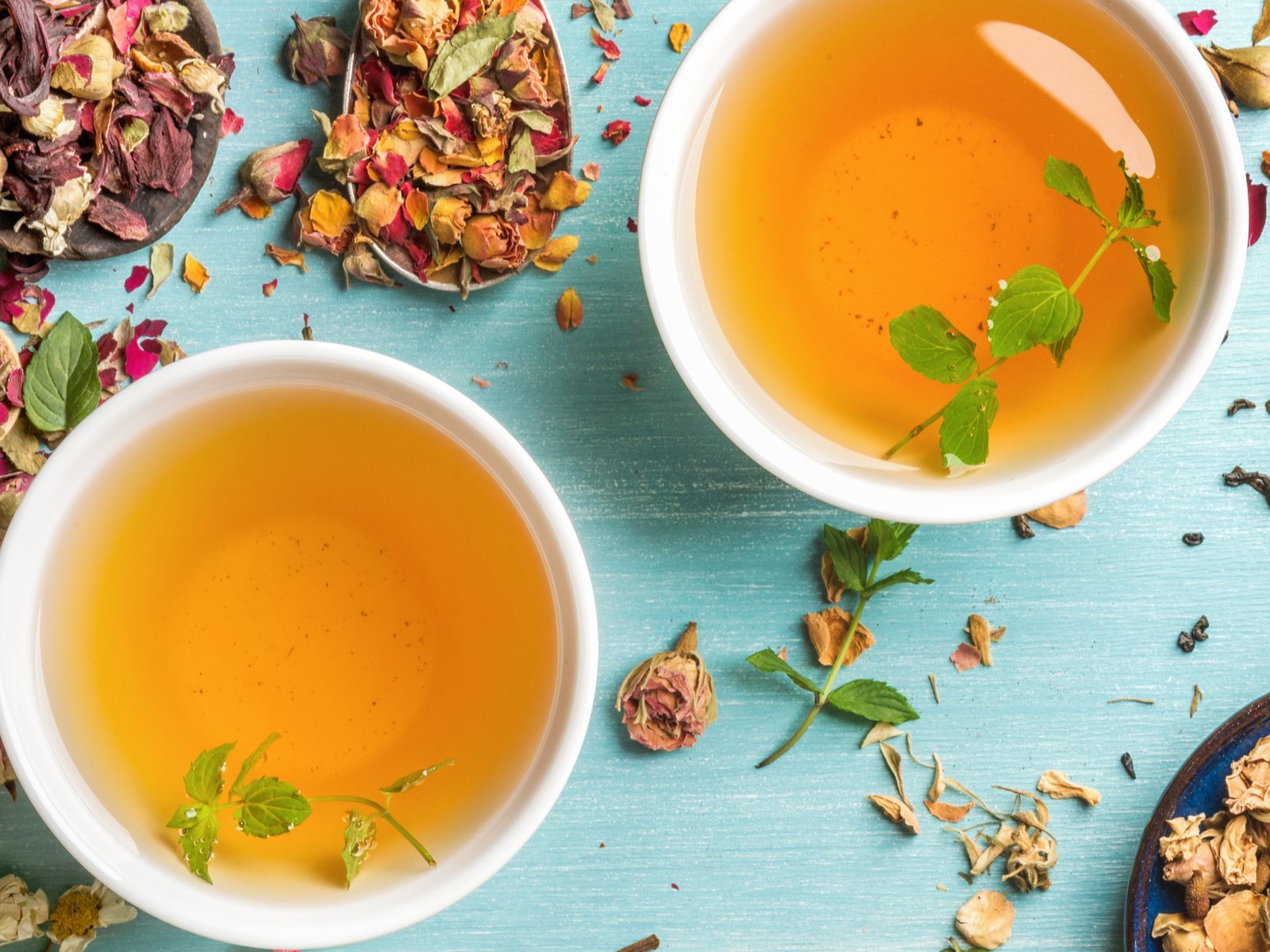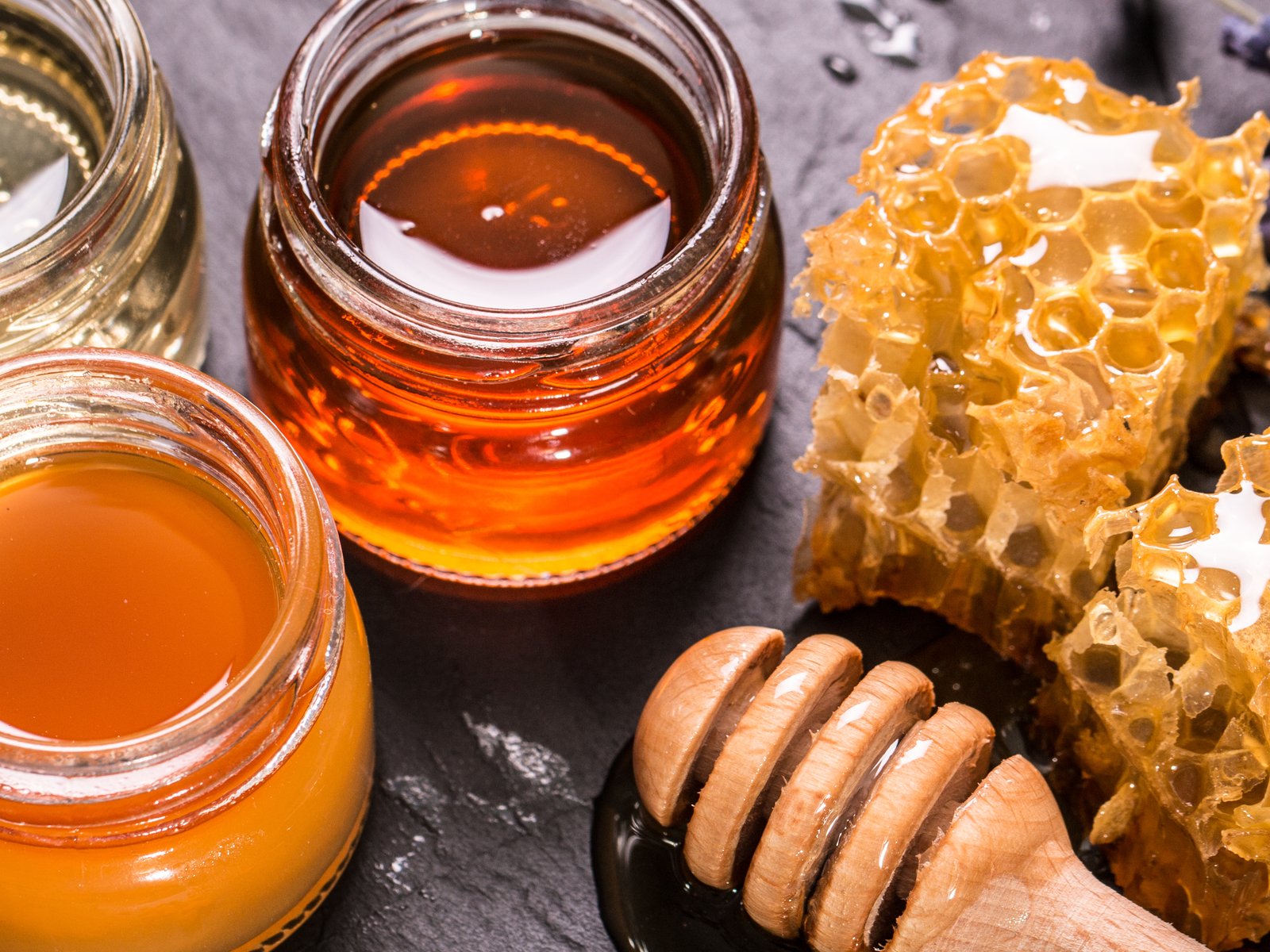Tea: Eleven Facts and Tips
Who produces the most tea and how much is drunk worldwide? What is cold brew tea all about? Here are the answers to your burning teatime questions.
How much?
Around 25,000 cups of tea are drunk around the world every second. According to statista.com, 6.3 billion kilograms of tea was consumed last year. In the UK alone it is estimated the population drinks around 60 billion cups of tea a year. Globally, tea is the second most consumed drink after water.
Who produces the most tea?
The top 5 tea producing nations at a glance:
1. China is the world's largest tea producer, producing around 2 million tonnes.
2. India produces around 1.6 million tonnes
3. Kenya, the world's largest exporter of black tea, produces nearly 450,000 tonnes
4. Sri Lanka, where tea accounts for 2% of GDP, produces about 340,000 tonnes
5. Vietnam
Japan, whilst known for its tea culture, is only 10th in terms of production.
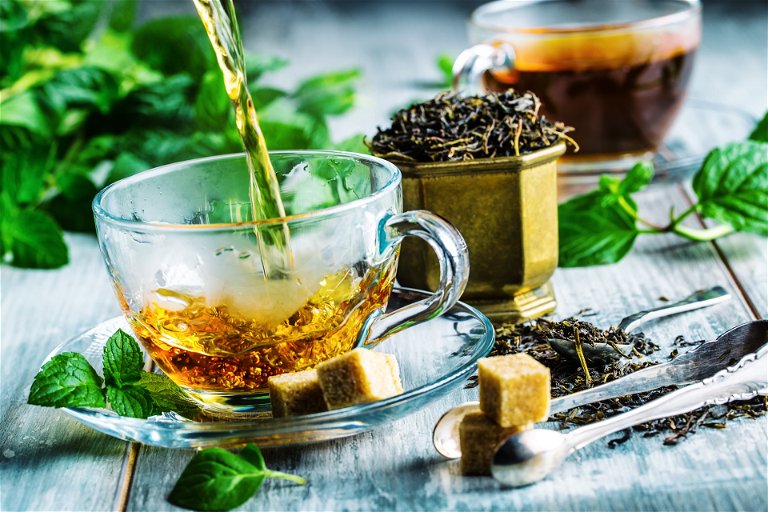
Tea - what is it?
Strictly speaking, only those beverages that are made by infusing the dried leaves of the tea plant, Camellia sinensis, with hot water count as 'real' tea. These include green tea (including matcha), black, white, oolong and Pu-Erh tea. However, there has been an exposion in infusions made from other plants (herbs and fruits) which are also referred to as 'tea' but perhaps should more accurately be called infusions.
Which tea contains the most caffeine?
In principle, matcha contains the most caffeine because it is not just an infusion. A key part of the Japanese tea ceremony, green tea leaves (stems and veins removed) are ground to a powder and whisked into hot water, so in effect the tea leaves are consumed along with the water. The herbal infusion, mate, made from the leaves of the South American holly tree contains the most caffeine amongst herbal infusions.
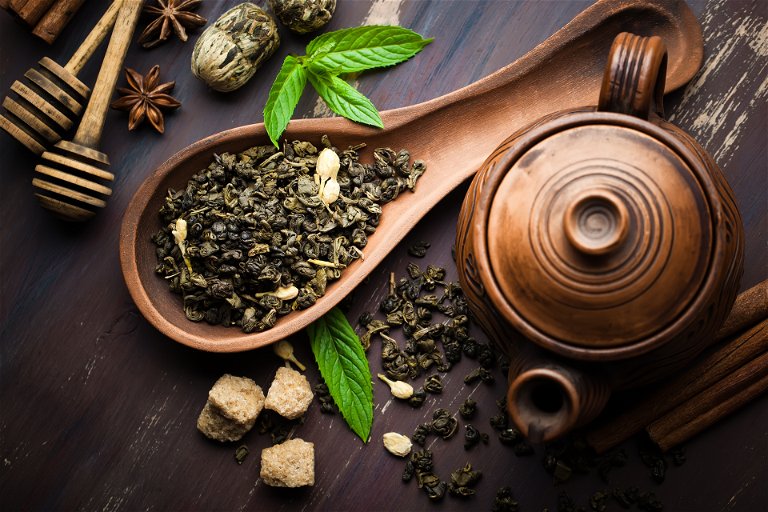
What distinguishes caffeine in tea from caffeine in coffee?
Only tea and mate contain caffeine. The effect of caffeine in tea is different from that of coffee. In tea, the caffeine is bound to polyphenols, which is why the caffeine acts on the central nervous system (and not via the bloodstream as in coffee). Caffeine from tea is broken down more slowly and its effect therefore lasts longer. As with coffee, the caffeine content in tea varies depending on the variety and brewing time.
Loose tea or tea bags — which is better?
Initally the quality of tea depends on its origin, harvest and production, however, quality loose leaf tea should be made up from whole, unbroken dried tea-leaves. The advantage of tea-bags is that they can contain smaller fragments of tea leaves, dust and fannings. Clearly from a tea processing point of view, tea-bags enable the maximum return for the merchant or processor.
The smaller the fragments make for a greater surface area, which results in much stronger, coarser tea, but it can also result in the evaporation of the essential oils that give tea its fragrance. A box of tea-bags left open will taste stale after a while.
On the other hand, there is no doubting their convenience; there is no need to warm a teapot as the tea can be made directly in the cup or mug, and there is less mess disposing of loose tea leaves, and you won't find loose leaves at the bottom of your mug if you forget to use a tea strainer!

What do you have to pay attention to when preparing tea?
Water temperature and brewing time are crucial for the quality of the tea. Herbal and fruit infusions should be brewed with boiling hot water to release the aroma and active ingredients. It is a little different with tea from the tea plant Camellia sinensis. Black tea needs at least 95°C but is best made with freshly boiled water as it has a higher oxygen level than re-boiled water.
More delicate varieties such as green tea, white tea or oolong can be brewed at lower temperatures in order to achieve different levels of flavour. Brewing time is inevitably down to personal taste, but is generally somewhere between 2 and 4 minutes.
What do 'MIF' and 'TIF' mean?
These are abbreviations for 'milk in first' and 'tea in first' respectively, a topic that is always hotly debated, especially in England. In order to protect fragile porcelain, the milk used to be put into the cup first. However, the order is said to have no influence on the taste.
What is the shelf life of tea?
In principle, tea is a product with a long shelf life if it is stored properly and protected from external influences. Whether it is loose or in bags, tea should be stored in an aroma-proof tin or box made of high-quality material, in a dry and dark place. Heat and moisture can greatly reduce the quality of the tea.
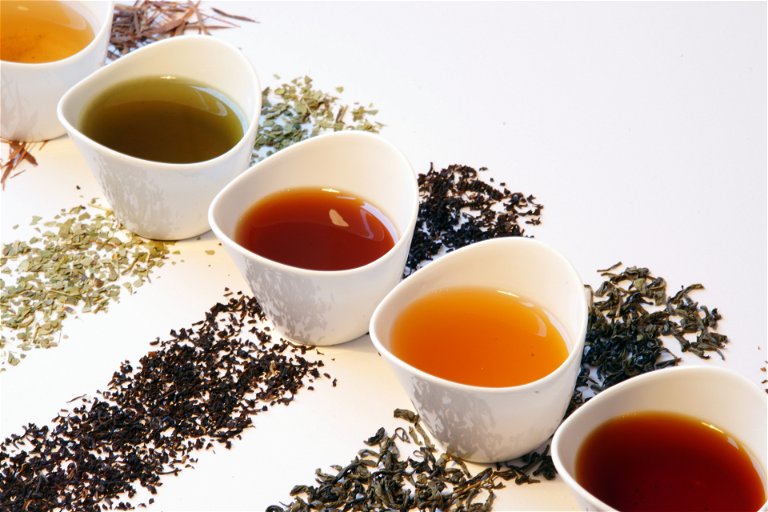
Does green tea always taste bitter?
No. Depending on the variety, green tea can have subtle, spicy and at the same time mild and gentle notes. If the green tea tastes very tart and bitter, this may be due to incorrect preparation. If the water is too hot or the tea is steeped for too long, too many tannins are released.
Cold Brew for tea too?
As with coffee, the trend towards cold brewing also applies to tea. If you don't want to rely on convenience products from the supermarket, you can follow a simple rule: The preparation is the same as for hot brewed tea, but the brewing time must be extended.
However, there are also special teas that are better suited to the cold-brew method, for example matcha-covered teas. Sencha, Kukicha and Genmaicha are usually used for this. These are then called Matcha-iri Sencha, Matcha-iri Kukicha, Matcha-iri Genmaicha. With these varieties, the cold-steeped tea is ready to drink after just a few minutes.
